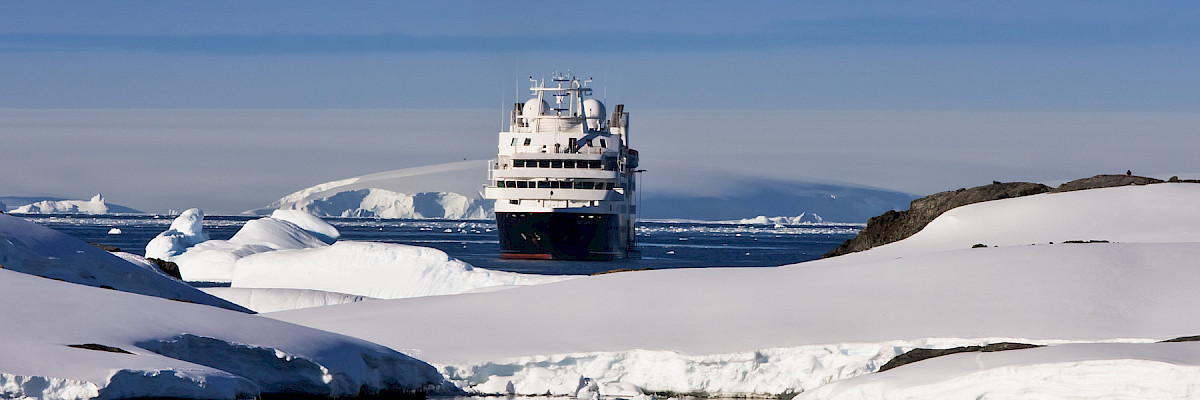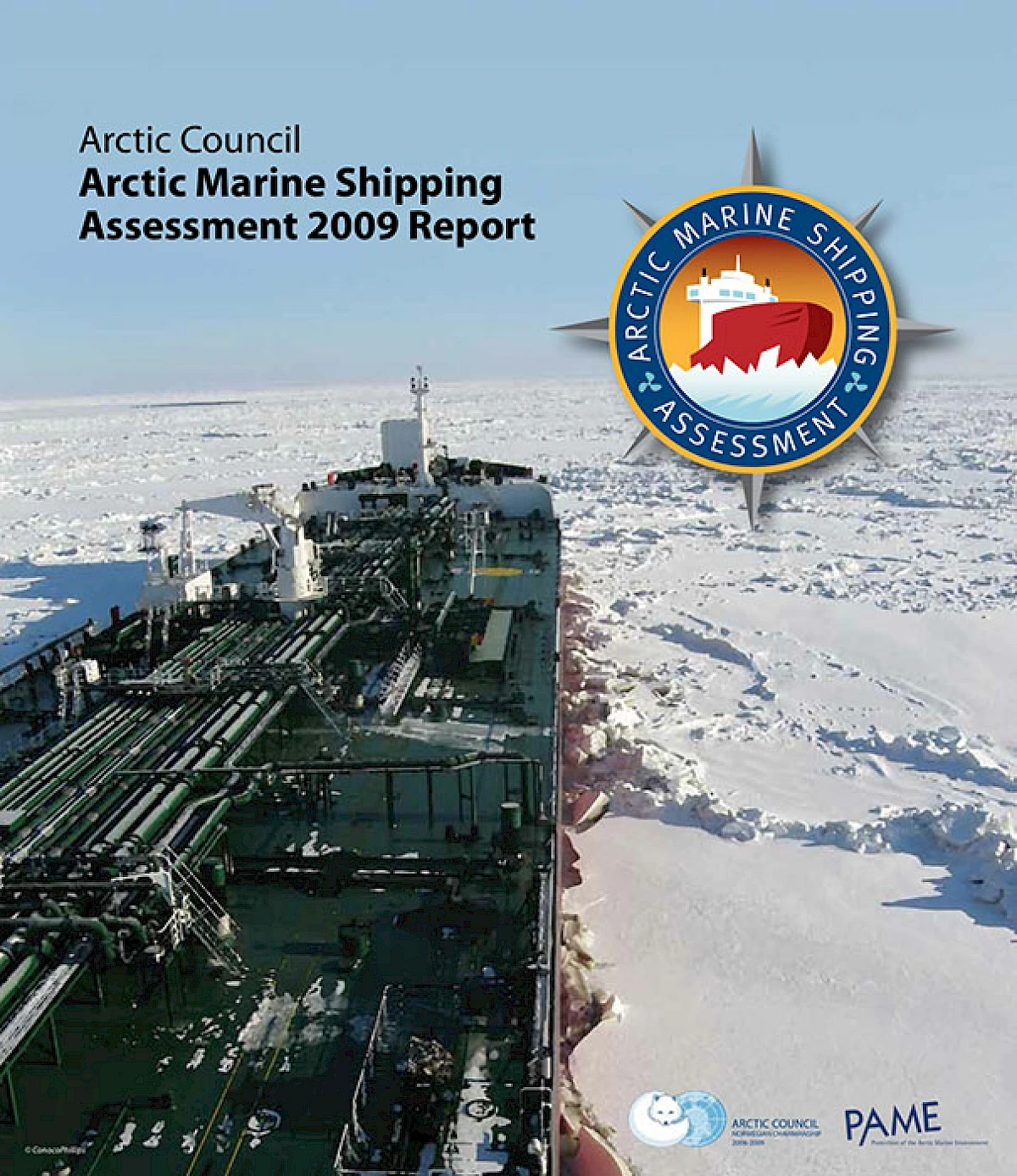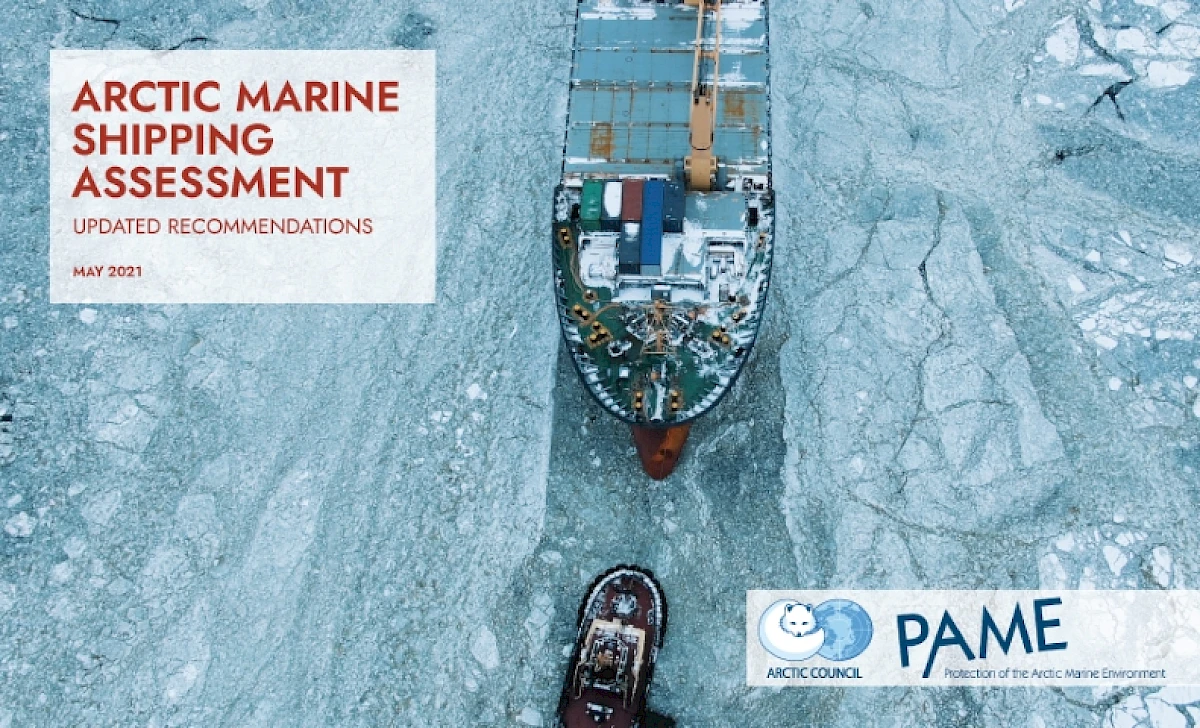
Arctic Marine Shipping Assessment
The Arctic is undergoing extraordinary transformations early in the 21st century. Natural resource development, governance challenges, climate change and marine infrastructure issues are influencing current and future marine uses of the Arctic. Increased economic activity together with the current retreat of Arctic sea ice presents several plausible futures for the Arctic's regional seas, the Northern Sea Route, the Northwest Passage, and the central Arctic Ocean. Continued sea ice reductions will likely lengthen the navigation season in all regions and increase marine access to the Arctic's natural resources.
These changes represent both a challenge and an opportunity for governments and local Arctic communities. Of key significance are the effects of expanded marine activities on the cultures and well-being of Arctic populations, especially indigenous residents whose traditional way of life has been partially protected in the past by the very nature of the remote and extreme Arctic environment in which they live.
The Arctic Council, recognizing these critical changes and issues, at the November 2004 Ministerial meeting in Reykjavik, Iceland, called for the Council's Protection of the Arctic Marine Environment (PAME) working group to "conduct a comprehensive Arctic marine shipping assessment as outlined under the Arctic Marine Strategic Plan (AMSP) under the guidance of Canada, Finland and the United States as lead countries and in collaboration with the Emergency Prevention, Preparedness and Response (EPPR) working group and the Permanent Participants as relevant."
The Arctic Marine Shipping Assessment, or The AMSA 2009 Report, was approved at the 2009 Ministerial meeting in Tromsø.
The AMSA Recommendations
The focus of the AMSA is marine safety and marine environmental protection, which is consistent with the Arctic Council’s mandates of environmental protection and sustainable development. Based on the findings of the AMSA, recommendations were developed to provide a guide for future action by the Arctic Council, Arctic states and many others.
Arctic Ministers approved the Arctic Marine Shipping Assessment (AMSA) Report and its 17 Recommendations at the 2009 Tromsø Ministerial Meeting. The Recommendations – which continue to guide PAME’s shipping-related work – have now been updated to reflect progress, developments, and changes since first being released. They were updated in 2021.
The AMSA recommendations are presented under three broad, inter-related themes that are fundamental to understanding the AMSA:
- Enhancing Arctic Marine Safety
- Protecting Arctic People and the Environment
- Building Arctic Marine Infrastructure
 Arctic Council Working Group
Arctic Council Working Group 
